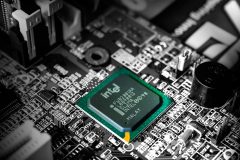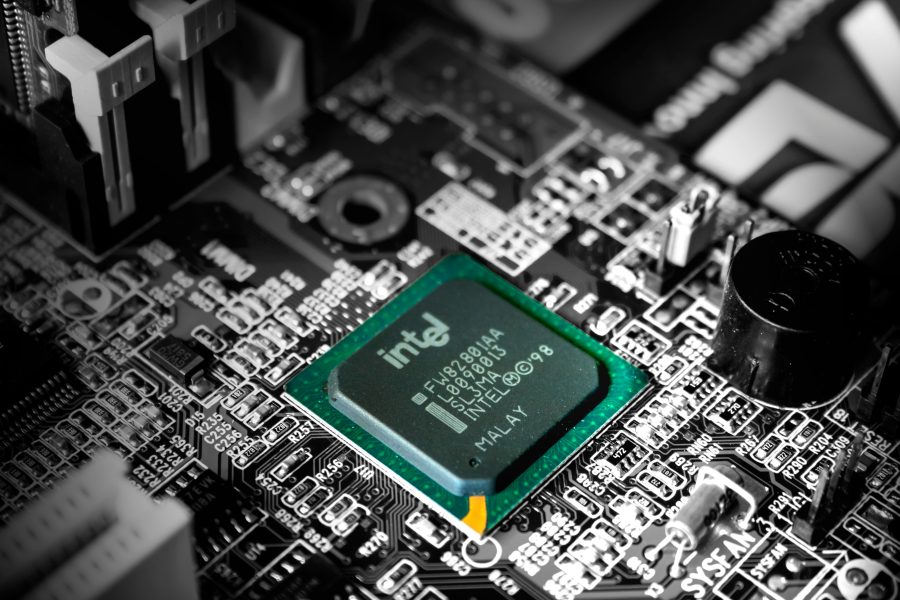With the popularity of health wearables on the rise, many consumers have shown concern over their possible negative impacts on health. Like with vaccines or other medical controversies, some have said that these devices cause of a vast array of health problems, including – but not limited to – cancer, high blood pressure, infertility, Alzheimer’s disease, Parkinson’s disease, sleep disorders, headaches, dizziness, fatigue, and rapid heartbeat.
Critics attribute these health issues to electromagnetic radiation (EMR), a diverse type of energy that includes X-rays, radio waves, and visible light.
But while many people hear the word “radiation” and think of cancer and radiation sickness, the non-ionizing, low-energy radio-frequency EMR produced by cell phones and other wireless devices is considered safe by a vast majority of researchers.
No real link to cancer risk
There is no plausible mechanism linking the type of EMR used by wireless devices to cancer, says Dr. Jerry Wilmink, founder of WiseWear and former EMR safety researcher. “Anything that’s non-ionizing will not cause an ionization effect. So non-ionizing (radio-frequency EMR) would not cause genetic mutations,” he says.
When it comes to wearables and negative health impacts, he adds that “the only health issues I can think of are skin rashes from the material these devices are made of.” Allergies and friction from wear can cause unsightly rashes in sensitive wearable users just as they could with other articles of clothing – a reaction independent of EMR.
Often with these potential medical “urban myths,” some kind of official classification or research gets misinterpreted. The World Health Organization (WHO) classifies EMR as a “possible carcinogen” and this is cited by some as proof of its danger. But what they fail to explain is that the WHO’s list of possible carcinogens is extensive and includes most everything that has ever been hypothesized to be linked to cancer.
That means EMR shares a spot with toxic chemicals like pesticides and dry cleaning solvents – but so does kimchi and Gingko biloba.
Even if a minority of researchers are correct and EMR is hazardous, just how dangerous are wireless devices? Quality research that supports the possibility has yet to produce definitive or dramatic results. For example, one frequently cited EMR “danger” is the idea that it can cause gliomas, a certain type of brain tumor. The largest effect reported has been an increase in rates by a factor of three for heavy cell phone users. This tumor is extremely rare, and the average person has only a 3 in 100,000 (0.03%) chance of developing it per year. When tripled, this risk is still less than one tenth of one percent. Is that really a level of risk we should focus so much attention on?
These risk claims aren’t new
When it come to EMR, it’s also important to note that we’ve seen this story before. Twenty years ago, people were certain that EMR from computer monitors could cause cancer, and a few decades before that it was FM radio waves. New technology should always be checked for risks.
However, when years of research are still only able produce the tiniest sliver of data supporting a notion, it might be a good idea to stop worrying about it. Life has enough definite problems that need solving, and IoT tech is helping to do just that.










